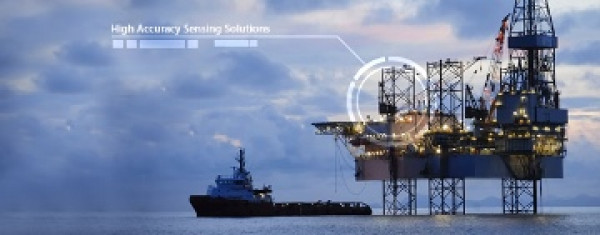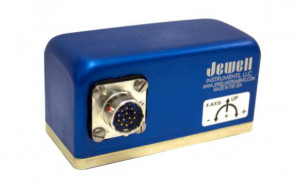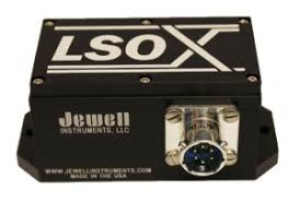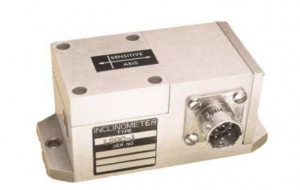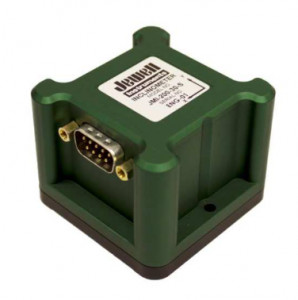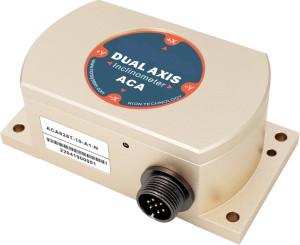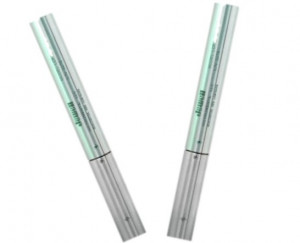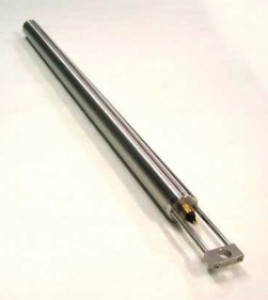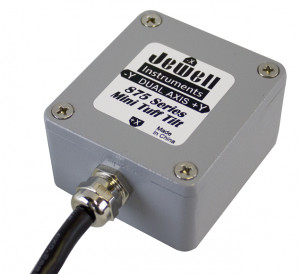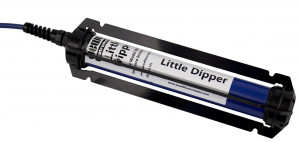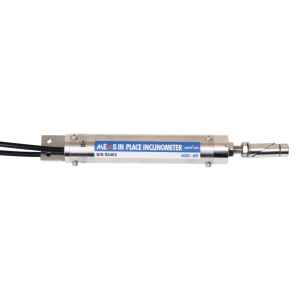Precision tilt measurement
Measuring the inclination of an object, a building or a structure means measuring the angle it makes with the horizontal line. The measurement is made in relation to gravity by means of inclinometers or tilt sensors. A major advantage of tilt measurement is that it can be done at any point on the reference surface. The sensor does not need to be mounted on the axis of rotation, unlike an angle sensor. There are three types of sensors that can be used to measure an inclination:
- the digital level: identifies the horizontal.
- the inclinometer: additionally provides a measurement of the angle of the reference surface to this horizontal
- the tiltmeter: is used to detect the smallest variations in inclination.
Sectors of application
- Construction and public works**: bridges, buildings, tunnels, construction equipment, etc.
- Industry**: upgrading of machine tools, platforms
- Military**: guidance, etc.
- Telecommunications**: satellites, antennas
- Navigation**: maritime, aeronautical, aerospace
The criteria for selecting a tilt sensor or inclinometer
The criteria for selecting a tilt sensor or inclinometer
- Range: This is the range of inclination angles over which the sensor returns a signal. The gain is the ratio of the measuring range to the unit of the output signal (V or mA). The tolerance on the gain, usually ± 1.0%, can be reduced to ± 0.10% on request.
- Accuracy
- Resolution
- temperature sensitivity
- Output signal
- Shock/vibration resistance
- Waterproofness
Sensor technologies for tilt measurement:
| Technology | Capacitive MEMS inclinometers | Electrolytic tiltmeters | |
|---|---|---|---|
It contains a gravity-sensitive, position-controlled pendulum. The tilt angle is deduced from the output of the servo. 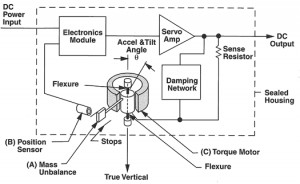 |
It contains a capacitive MEMS element sensitive to gravity. The tilt angle is calculated from the signal from the MEMS component. 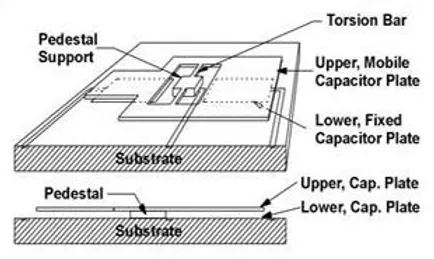 |
Contains 2 electrodes positioned in a viscous fluid, the current measured between the electrodes is proportional to the angle.  |
|
| Advantages | Robustness, Accuracy | Cost and Compactness | Resolution and Stability |
| ±1° to° ± 90° | ±5° to° ± 90° | ±0.02° to° ± 50° | Resolution [µrad] |
| Resolution [µrad] | Analogue: 6 to 100 µ° | 1million° to 0.05° | 0.03 µ° to 0.02° |
| Cost: €€ to €€€€ | €€ to €€€ | €€ to €€€€€ | |
| Applications | Industry, Railway, Aeronautics, Telecommunication | Construction Equipment, Industry, Railway, Automotive | Geotechnics, Building, Public Works |
PM Instrumentation range
- The widest range in performance and cost
- Analogue or digital output
- 1 or 2 axes
- Use in standard or extreme industrial environments (temperature, vibration, shock, pressure, immersion or vacuum)
| Series | Specifications |
|---|---|
| High accuracy inclinometers | Robustness, accuracy |
| Tiltmeters | Sensitivity, stability |
| OEM/low-cost Inclinometers | economic, small and medium series |
| Waterproof and Submersible Inclinometers | up to 2500 m |
| Inclinometers with displays | Electronic level with high resolution angle display |
Go online to our Catalogue, and select the sensor that meets your requirements using the filters.
You can also use this presentation (document)
Would you prefer to be advised by an expert? No problem, send us your requirements, we will contact you as soon as possible.

